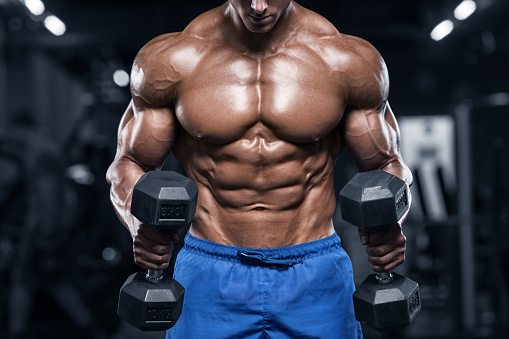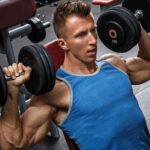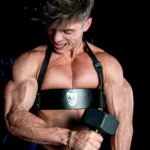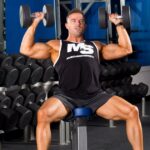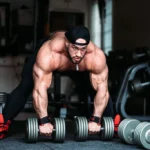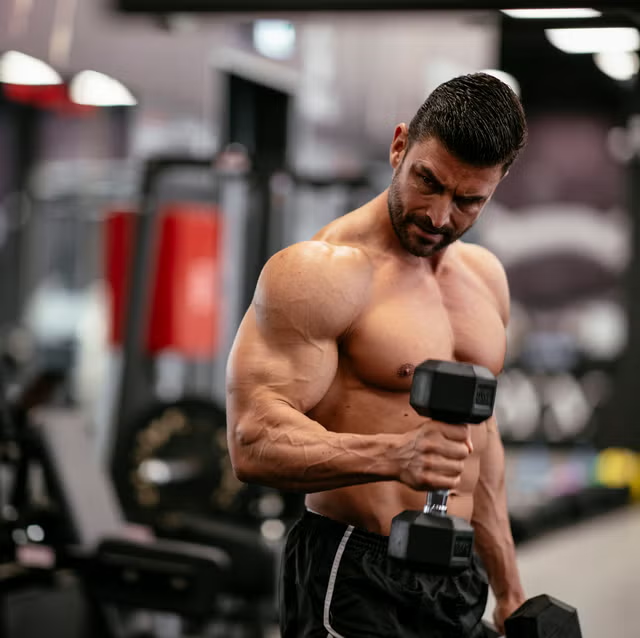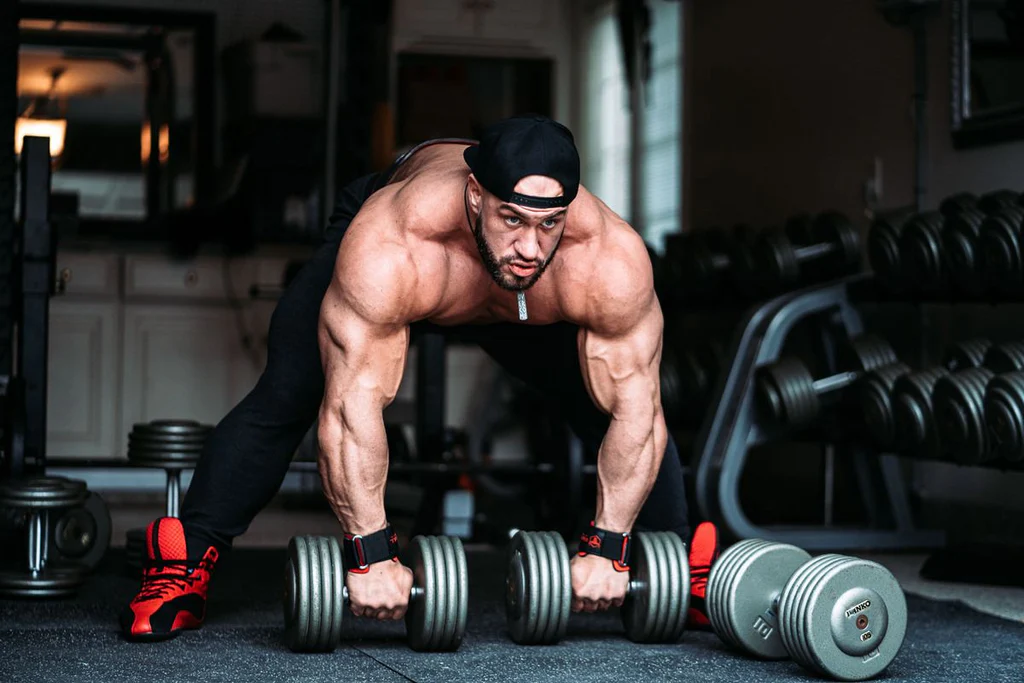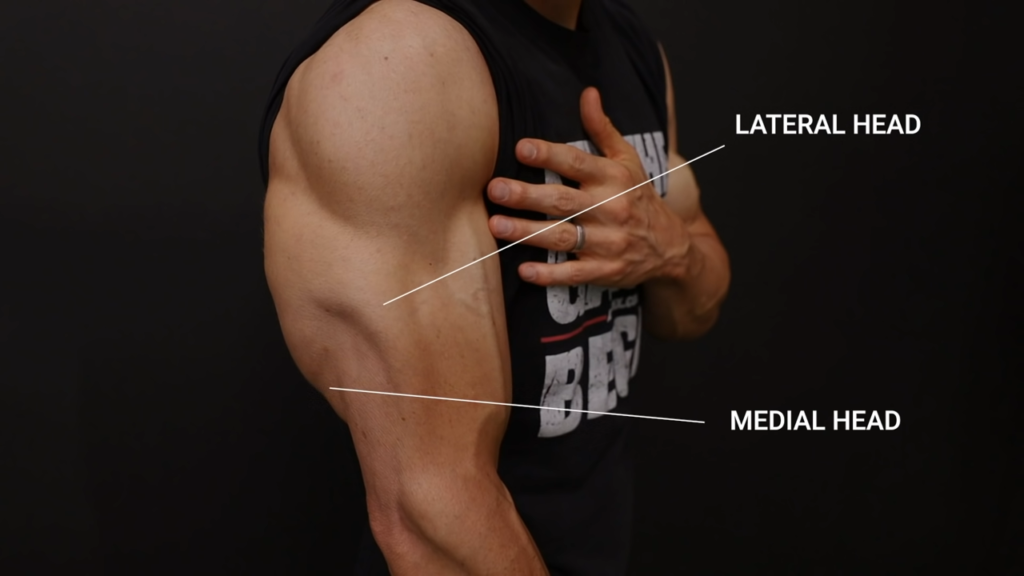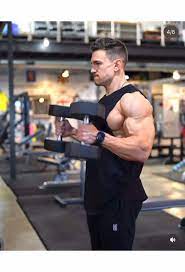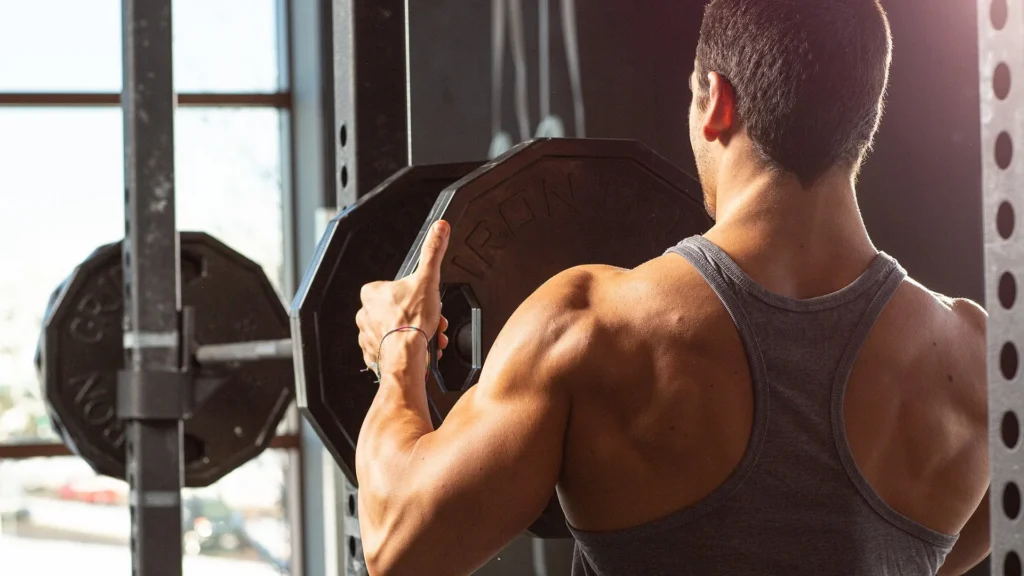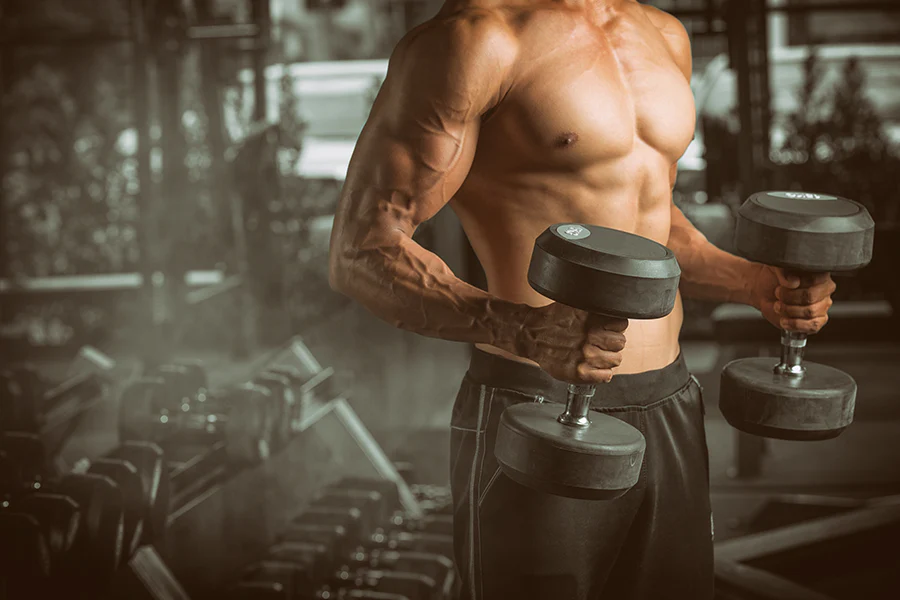Build stronger, more defined forearms with targeted workouts, anatomy insights, and training tips to boost grip strength and complete your physique.
Workout Summary
- Main GoalBuild Muscle
- Workout TypeSingle Muscle Group
- Training LevelBeginner
- Program Duration8 weeks
- Days Per Week2
- Time Per Workout20 minutes
- Equipment RequiredBarbell, Dumbbells, Other
- Target GenderMale & Female
- Recommended SuppsWhey Protein
Creatine
Multivitamin - Workout PDFDownload Workout
Workout Description
When a bodybuilder steps onstage, the spotlight often falls on the arms, chest, legs, and abs. But it’s the forearms (those often-overlooked muscles) that complete the physique and set elite competitors apart.
Unfortunately, many training programs skip proper forearm work. That’s why we’ve created this guide: to help you understand forearm anatomy, train these key muscles effectively, and elevate both your performance and appearance in the gym.
Forearm Anatomy: Key Muscles and Functions
Your forearms are made up of more than 20 individual muscles, many of which support the larger muscle groups during movement. But when it comes to building size and strength, focusing on the primary movers is most effective. Here are five key forearm muscles and what they do:
- Brachioradialis: A major player in forearm flexion and stabilization, this muscle helps bring your hand closer to your body and assists the biceps in turning the palm upward.
- Pronator Teres: This muscle rotates the forearm so your palm faces down, and also helps with elbow flexion.
- Flexor Carpi Radialis: It aids in wrist flexion and moves the hand toward the thumb side.
- Flexor Carpi Ulnaris: Located along the pinky side of the forearm, it helps flex the wrist and move the hand toward the pinky.
- Palmaris Longus: Supports wrist flexion, especially when you lift your fingers toward your palm.
Why Forearm Strength and Development Matters
Forearms aren’t just for show. They play a critical role in both performance and aesthetics. Training them directly offers two major benefits:
- Strength and Performance: Strong forearms mean a strong grip, essential for pulling exercises like deadlifts, rows, and pull-ups. A powerful grip not only improves your lifts but also helps you train harder without relying on straps. That’s why many serious lifters and strength athletes prioritize grip work as part of their routine.
- Aesthetic Balance: No matter how big your biceps or triceps are, underdeveloped forearms will make your arms look incomplete. Well-built forearms add symmetry and detail to your physique, drawing attention to the entire arm and enhancing your overall stage or gym presence.
Related: Awesome Arms: 8 Weeks to Better Biceps and Triceps

Common Forearm Injuries and How to Prevent Them
Forearm strains are among the most common injuries lifters face, especially during heavy pulling or grip-intensive exercises. These strains can happen unexpectedly and can limit your ability to train effectively. This is one reason many lifters use straps – to reduce grip fatigue and lower the risk of strain.
Ironically, the best way to prevent forearm injuries is to train them directly. Strengthening the muscles in the forearms not only boosts performance in the gym but also increases durability in everyday activities. Stronger forearms provide better support for the wrists and elbows, and reduce the risk of injuries, whether from lifting, sports, or even bracing yourself during a fall.
Top Forearm Exercises for Strength and Size
There are over 50 forearm-specific movements in the M&S Exercise Guide, but here are three foundational exercises to kickstart your results. These moves target key muscles, improve grip, and add serious density to your forearms.
Related: The Top 5 Exercises For Increasing Forearm Mass
Reverse Grip Barbell Curl
A variation of the classic curl, this targets the brachioradialis and pronator teres. Use a barbell or EZ-curl bar with palms facing down. Expect to use lighter weights than with a traditional curl, this is normal and effective.
Pro Tip: You can also do this movement with dumbbells or cables for variation and wrist comfort.
Wrist Rollers
A timeless forearm builder. Using a stick with a rope and weight attached, slowly roll the weight up and back down using wrist rotation. This targets the wrist flexors and boosts endurance.
Bonus: Great for anyone who types often or uses their hands for precision work.
Fat Gripz Dumbbell Farmer’s Carry
A powerful, functional exercise borrowed from strongman training. Simply hold heavy dumbbells and walk for time or distance. Using thick grips (like Fat Gripz) makes the challenge even greater, hammering the forearms.
No grips? No problem. A standard Dumbbell Farmers Carry still works. Aim for 45–60 seconds per set. If it gets easy, increase the weight or grip thickness.

The Best Forearm Workout for Strength and Size
| Exercise | Sets | Reps |
|---|---|---|
| Reverse Grip Barbell Curl | 2-3 | 8-12 |
| Wrist Rollers | 2-3 | 8-12 |
| Fat Gripz Dumbbell Farmers Carry | 2-3 | 45-60 sec |
How and When to Incorporate Forearm Training
Whether you’re following a split or full-body routine, forearm training can easily be added without over-complicating your program. Here’s how to do it effectively:
- If You’re on a Split Routine: Add the full forearm workout to any upper body training day, ideally on arm day or back day, since those already involve grip-intensive movements. Simply perform the three listed exercises after your main workout.
- If You’re on a Full-Body Routine: Spread the forearm work across the week to avoid overloading a single session. Do one exercise per workout, rotating through the three. For example: Reverse Curls on Day 1, Wrist Rollers on Day 2, and Farmer’s Carries on Day 3.
This approach keeps volume manageable while giving your forearms enough frequency to grow and adapt.
Bonus Tip: Add Grip Work for Extra Gains
If your forearms are still lagging, or you just want to take your grip to the next level, add in a simple, effective tool: a hand gripper or even a tennis ball.
Here’s how to use it:
- Squeeze the gripper or ball for as many reps as possible with one hand.
- Rest 30 seconds, then squeeze and hold for as long as you can.
- Repeat the process with the opposite hand.
Pro Tip: Always start with your weaker side to ensure it gets maximum effort. This quick finisher builds endurance, grip strength, and muscular balance, no gym required.
In Conclusion
Developing strong, defined forearms is crucial for both performance and aesthetics. By targeting key muscles with effective exercises like reverse curls, wrist rollers, and farmer’s carries, you’ll build grip strength and complete your arm symmetry.
Whether you’re lifting heavy or aiming for a balanced physique, don’t neglect the forearms in your training. Add these exercises into your routine, train consistently, and watch your forearm strength and appearance transform.
